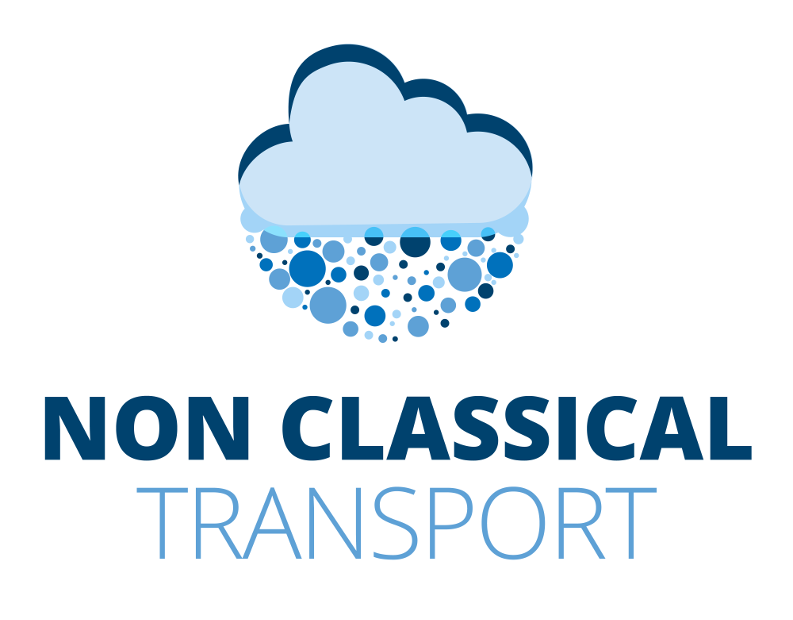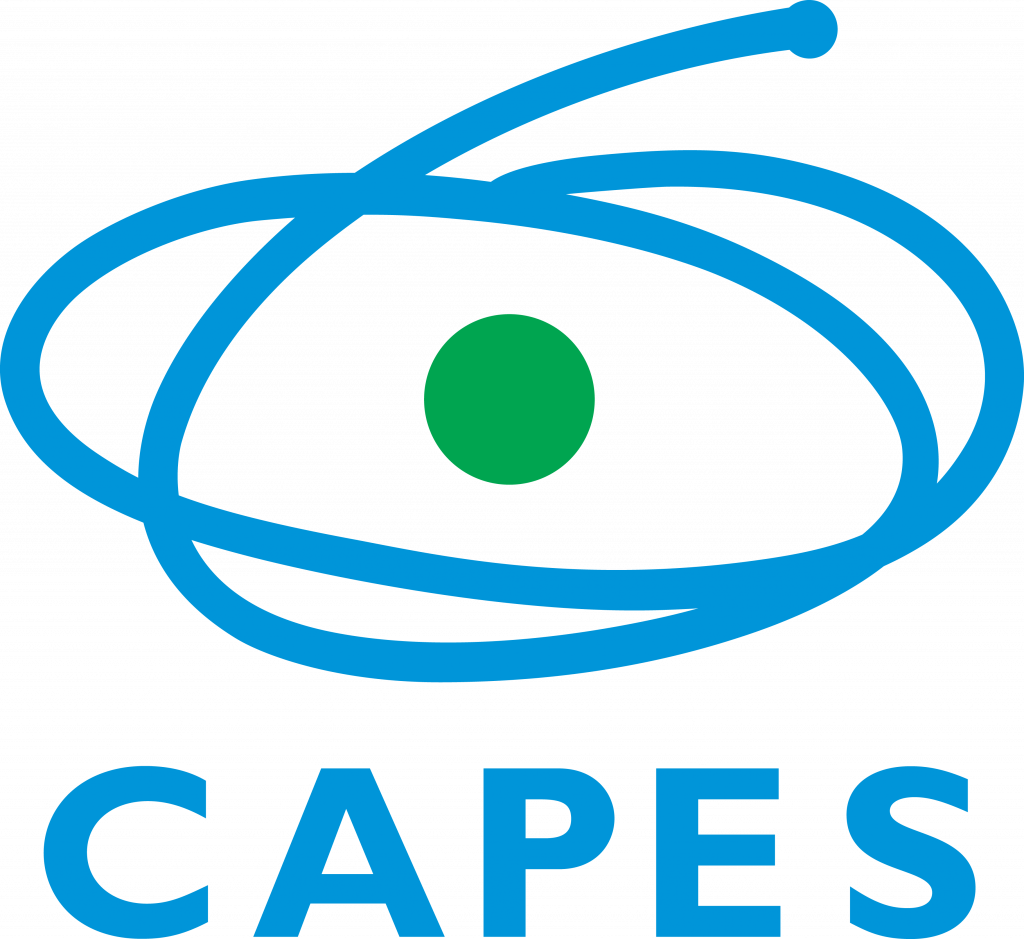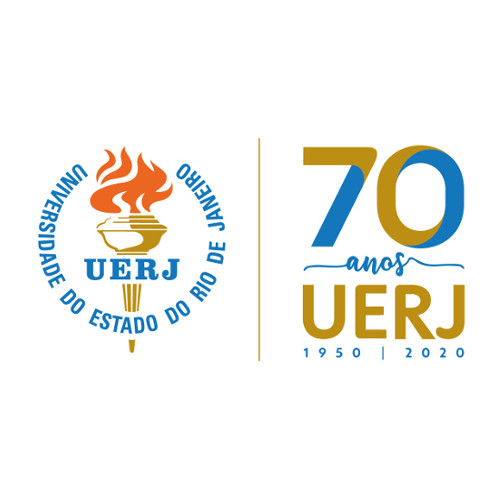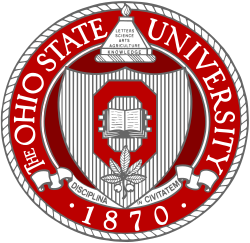
Neutral particle transport has many applications in nuclear reactor physics and radiative transfer. Therefore, a considerable number of research teams, in Brazil and other countries, has been working on deterministic and stochastic computational modeling of neutron and photon transport, both in systems within which the scattering centers are uncorrelated (classical transport) and in systems within which the scattering centers are correlated (non-classical transport). Our Deterministic Computational Neutronics (DCN) research team in IPRJ/UERJ has offered significant and widely recognized contributions to classical transport simulations since 1997. The present project will be an opportunity for the DCN team to also give contributions in non-classical particle transport with the proposed graduate program at the Ohio State University with joint publications of the results in specialized journals and formation of graduate students.
Since 1997 our DCN research team has been working on computer simulations of classical neutral particle transport applied to nuclear reactor physics and radiation shielding. More specifically, we have offered significant contributions to the numerical solution of the linear Boltzmann transport equation and diffusion equation on coarse spatial grids; namely the spectral nodal class of coarse-mesh numerical methods. We are now interested in also offering contributions on accurate and efficient computer simulations of non-classical transport with wide applications in geophysics and generation IV very high temperature nuclear reactor physics. Therefore, we propose this project to begin concrete collaborations with researchers who are more experienced in non-classical neutral particle transport.
In classical theory of linear neutral particle transport, the probability that a particle at a given point in space and traveling with known kinetic energy will experience an interaction is independent of the direction of motion and the path length, which is the distance traveled by the particle since its previous interaction (birth or scattering). In this situation the classical linear Boltzmann equation is used to model neutral particle transport problems, wherein the locations of the scattering centers are uncorrelated. In this project we propose to use the non-classical generalized linear Boltzmann equation as the mathematical model of neutral particle transport for random statistically homogeneous systems wherein the distribution function for chord lengths between scattering centers is not exponential. This situation occurs in the description of photon transport in atmospheric clouds and of neutron transport in pebble-bed nuclear reactors.





